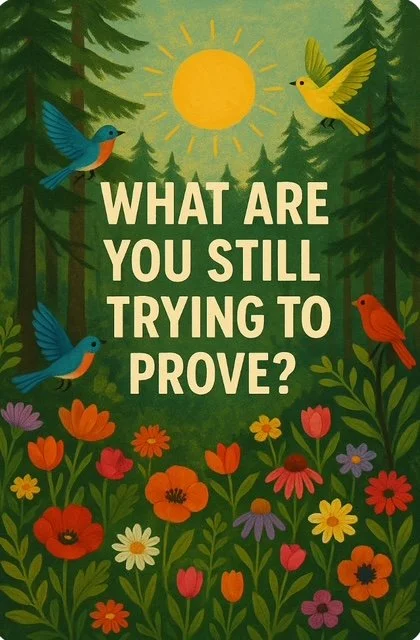What Are You Still Trying to Prove?
<< Test First Name >>
When I was first diagnosed with ADHD, I came across a book that became a favorite, titled I’m Not Lazy, Crazy, or Stupid. I loved the insights—though I absolutely hated the title.
I never felt stupid. In fact, I knew I was intelligent and capable. Nor did I feel lazy or cary, I just couldn’t understand why I couldn’t follow through on things I deeply wanted to do. Years later, I realized something humbling: while I didn’t consciously believe I was lazy, crazy, or stupid, some part of me had been uncosciously trying to prove to everyone else that I wasn’t.
That invisible effort shaped so much of how I moved through the world because what I felt internally did not seem to match my outward manifestation. That left me feeling less than and like I needed to prove to others what I knew was already true.
The Hidden Energy of Proving
Most of us carry a quiet need to prove something.
To prove we’re competent.
To prove we’re lovable.
To prove we’re calm, spiritual, successful, or “good.”
These proving patterns don’t come from vanity; they come from protection. Somewhere in our history, we learned that being seen a certain way helped us feel safe or accepted. Over time, those protective strategies turn into invisible rules about who we’re allowed to be.
The same behaviors that we once thought helped us belong can later keep us small.
Subconscious vs. Unconscious: Making the Invisible Visible
Our minds operate on layers. Imagine a forest: the part above ground is our conscious mind—what we know, think, and choose. Just below the surface where the roots and soil are lies the subconscious, storing our habits, emotional memories, and learned associations.
This is the mind’s autopilot. It runs scripts like:
“If I make people happy, I’m safe.”
“If I work hard enough, I’ll be worthy.”
The unconscious sits much deeper—the vast interior of the earth upon which everything else rests. This our instincts, repressed emotions, shadows and archetypal patterns that we can’t access directly. It reveals itself through dreams, projections, triggers, and those inexplicable gut reactions that seem to come from nowhere.
When I realized I’d been subconsciously over-performing to prove my worth, it was a revelation. And that awareness allowed me to also sense the unconscious root beneath it—a buried shame or fear that I wasn’t enough. The work wasn’t about fixing it, but befriending it.
How These Patterns Show Up
They’re sneaky:
The leader who never rests because rest feels like weakness.
The caregiver who over-extends to feel valuable.
The spiritual seeker who hides anger to seem enlightened.
On the surface, these look like strengths. Underneath, they’re often old vows whispering, “Don’t let anyone think you’re lazy, needy, or flawed.”
Or they may show up as self limiting behaviors or shadows. Overthinking or avoiding action for fear of doing it wrong, suppressing your truth to keep the peace and numbing out to avoid vulnerability.
For me that in large part meant hiding myself because my brain worked differently and a part of me feared being discovered as flawed or inferior. If it’s not perfect, I’m not good enough. If I disagree, I lose connection. If I show emotion, everyone will see me as weak.
Whether they appear as strengths or shadows, these aren’t conscious choices — they’re inner reflexes trying to keep us safe. My unconscious and perhaps yours too, was holding the shame I hadn’t yet met with compassion.
It was only once I was able to recognize the subconscious and unconscious patterns, that I could start the work of integration.
How I Work With This
In my coaching practice, I help people uncover these invisible layers with gentleness and curiosity.
Together we use tools like:
EFT Tapping to calm the nervous system so the subconscious can safely reveal what’s beneath the surface.
Somatic awareness to notice where the body holds tension or old emotion.
Self-compassion to meet the parts we’ve exiled with kindness instead of judgment.
Nature connection to restore a sense of safety, belonging, and perspective that allows healing to unfold naturally.
It’s not about striving to be a “better” version of yourself—it’s about reclaiming the energy spent proving, defending, and hiding so you can live from truth rather than protection.
A Reflection for You
Take a breath and ask yourself:
What might I be unconsciously trying to prove?
And what would it feel like to let that part of me finally rest?
You may not have an answer right away. Let the question ripple through you. Awareness is the first step; Self compassion is the second.
Invitation
If this resonates, I’d love to support you in exploring what’s beneath the surface.
Reply to this email with the word PROVE, and I’ll send you a short reflection exercise to help uncover one hidden belief that may be guiding your life more than you realize.
And if you’d like help exploring more deeply, I’d be honored to support you in that:
Book a discovery session now.
Here’s to living from authenticity, not proof.
In Connection,
Gregg
Today’s post is inspired by this video I made today for day 17 of my 30 day project.
“Owning our story and loving ourselves through that process is the bravest thing that we’ll ever do.”
— Brené Brown
“Until you make the unconscious conscious, it will direct your life and you will call it fate.”
— Carl Jung
“Maybe the journey isn’t so much about becoming anything. Maybe it’s about unbecoming everything that isn’t really you.”
— Paulo Coelho



